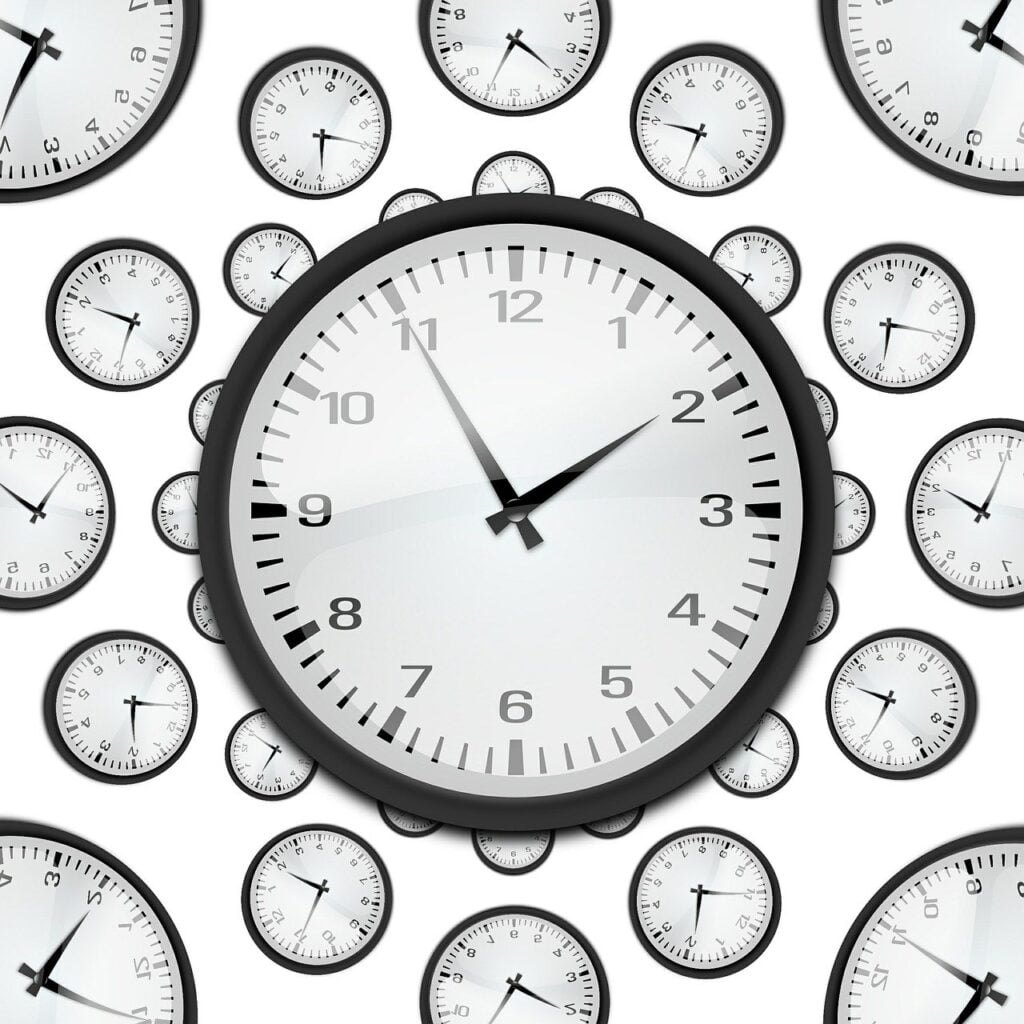Time can only be accessed around a particular set of times
25 Nov 2025

To measure time is to measure a clock. Historically, to ask “how long before harvest?” or “when will the festival start?” is to simply count the number of times the sun has risen and fallen. To measure time more accurately is to construct a clock with a faster rate. One can use how an atom changes states, say, from a ground state to the excited state, then back down to the ground state, to construct the most accurate clocks that we have today.
But in the world of the ridiculously small, the rules of quantum mechanics reign supreme, bringing with it all its weirdness. Just like how Schrodinger’s cat is both dead and alive, the quantum clock is in a superposition of, say, both sunrise and sunset. To tell the time, one needs multiple copies of identical clocks and takes the average of all measured time quantities. In our paper, we have additionally shown that we can only tell the time near the quantum “ticks” and “tocks.” Imagine a digital clock, wherein the display has just changed to 10:00. At that instant and for very short times after it was displayed, we are very confident of the time. But as time goes on, as the display stays at 10:00 and as we wait for it to change to 10:01, we lose our ability to measure time. It is not until the digital clock’s display changes to 10:01 that we regain our confidence in measuring time.
The study on quantum clocks is usually done without the need for self-adjoint time operators. This raises questions regarding the role of time in quantum mechanics, such as the measurement scheme for obtaining the time observable, and the interpretation of the time-energy uncertainty relation. Previously, it was shown that for a semibounded discrete Hamiltonian (with some growth condition), there exists an operator that is canonically conjugate to it in a proper (dense) subspace of the Hilbert space called the canonical domain.
We show the physical significance of such an operator, that is, an operator corresponding to the quantum clock time observable. For states near the canonical domain, measurement of such an operator gives the parametric time, and the two-dimensional projection of such an operator saturates the time-energy uncertainty relation (and is interpreted in the same way as the position-momentum uncertainty relation). Since the time-evolved states are not always near the canonical domain, one can only obtain parametric time for times near a set of times of total measure zero called the time invariant set, which is essentially integer multiples of the period of the system. This means that quantum mechanics limits our ability to measure time, giving us access to time for times near the period of the quantum clock.
Authors: Ralph Adrian E. Farrales and Eric A. Galapon (both from the Theoretical Physics Group, National Institute of Physics, University of the Philippines Diliman)
Read the full paper: https://doi.org/10.1016/j.physleta.2024.130192
Image by Gerd Altmann from Pixabay
